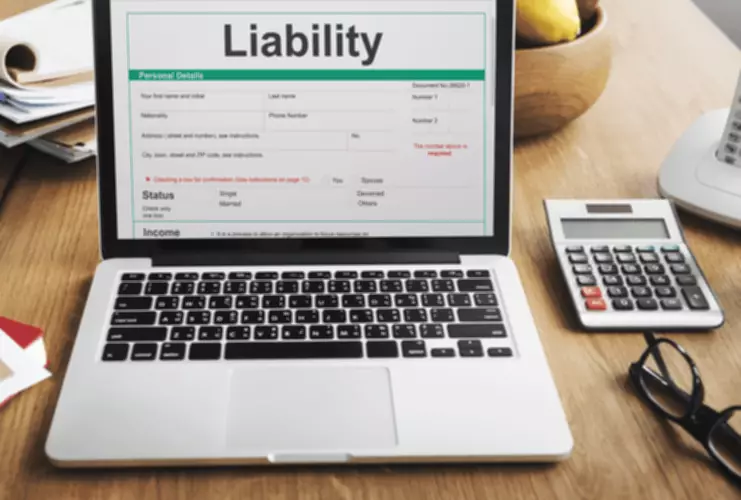The straight-line depreciation method and the double-declining-balance depreciation method produce
Content

However, the depreciation will stop when the asset’s book value is equal to the estimated salvage value. https://www.bookstime.com/ Life — useful life of the asset (i.e., how long the asset is estimated to be used in operations).
- The DDB depreciation method can lead to greater depreciation recapture if you sell an asset before the end of its useful life.
- It is applicable to the assets which are used for years and the usage declines with the passage of time.
- At the beginning of Year 3, the asset’s book value will be $64,000.
- Because of this, it more accurately reflects the true value of an asset that loses value quickly.
- He brings his expertise to Fit Small Business’s accounting content.
- The double declining balance depreciation method shifts a company’s tax liability to later years when the bulk of the depreciation has been written off.
- Calculate the depreciation expenses for 2011, 2012 and 2013 using 150 percent declining balance depreciation method.
After all, adding thousands of miles to a delivery truck in its early years will cause it to deteriorate in value quickly. Generally speaking, DDB depreciation rates can be 150%, 200%, or 250% of straight-line depreciation. In the case of 200%, the asset will depreciate twice as fast as it would under straight-line depreciation. The DDB depreciation method causes an asset to depreciate far more quickly than it would under the straight-line depreciation method. Even though year five’s total depreciation should have been $5,184, only $4,960 could be depreciated before reaching the salvage value of the asset, which is $8,000. Below is a depreciation table using straight line depreciation. Remember, in straight line depreciation, salvage value is subtracted from the original cost.
Tax advantages of using double declining depreciation
Every asset comes with yearly taxes, and considering the fact that an asset’s value can affect tax obligations, it’s important to get the numbers right. After all, if an asset declines over time, it will likely be producing less income near the end of its useful life. The main downsides of using the DDB depreciation method is that it’s complicated to use and earns you less money in tax deductions later on. The DDB depreciation method is best applied to assets that quickly lose value in the first few years of ownership. This is most frequently the case for things like cars and other vehicles but may also apply to business assets like computers, mobile devices and other electronics. In contrast to straight-line depreciation, DDB depreciation is highest in the first year and then decreases over subsequent years.
- Another form of this method, the 150% declining balance method, simply multiplies the straight line depreciation rate by 1.5, rather than by 2.
- This type of depreciation method is known as an accelerated depreciation method since it counts more depreciation expenses upfront in the earlier years of an asset’s life.
- This is useful for assets that lose value quickly and can help offset the cost of assets for which money was borrowed to buy.
- Using the DDBD method results in larger depreciation expenses upfront.
- Now that the rate is calculated, we can actually start depreciating the equipment.
- To consistently calculate the DDB depreciation balance, you need to only follow a few steps.
Make sure the asset’s book value does not fall below its salvage value. Though the double declining balance method may dictate that an expense should be made that would push the asset’s book value below its projected salvage value, this is not acceptable. When this happens, the correct expense amount is the amount that makes the asset’s book value the same as its salvage value. In the case of an asset with a 10-year useful life, the depreciation expense in the first full year of the asset’s life will be 10/55 times the asset’s depreciable cost. The depreciation for the 2nd year will be 9/55 times the asset’s depreciable cost.
Depreciation example with first four functions
Conceptually, depreciation is the reduction in the value of an asset over time due to elements such as wear and tear. Download thisaccounting examplein excel to help calculate your own Double Declining Depreciation problems. You would take $90,000 and divide it by the number of years the asset is expected to remain in service under the straight-line method—10 years in this case.
While you don’t calculate salvage value up front when calculating the double declining depreciation rate, you will need to know what it is, since assets are depreciated until they reach their double declining balance method salvage value. It is an accelerated depreciation method commonly used by businesses. It is applicable to the assets which are used for years and the usage declines with the passage of time.
The drawbacks of double declining depreciation
At the beginning of Year 4, the asset’s book value will be $51,200. Therefore, the book value of $51,200 multiplied by 20% will result in $10,240 of depreciation expense for Year 4. At the beginning of the second year, the fixture’s book value will be $80,000, which is the cost of $100,000 minus the accumulated depreciation of $20,000. When the $80,000 is multiplied by 20% the result is $16,000 of depreciation for Year 2.




Không có bình luận